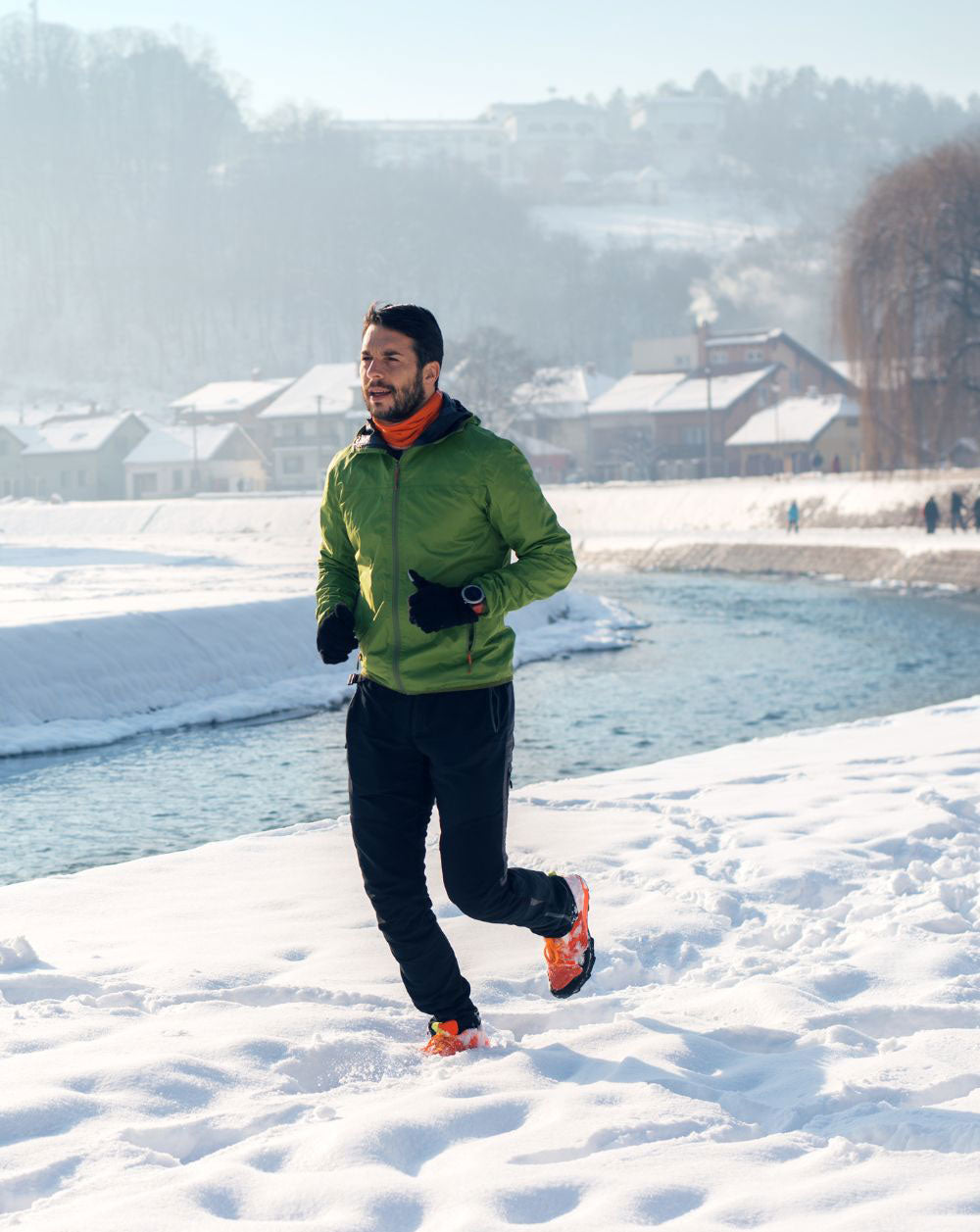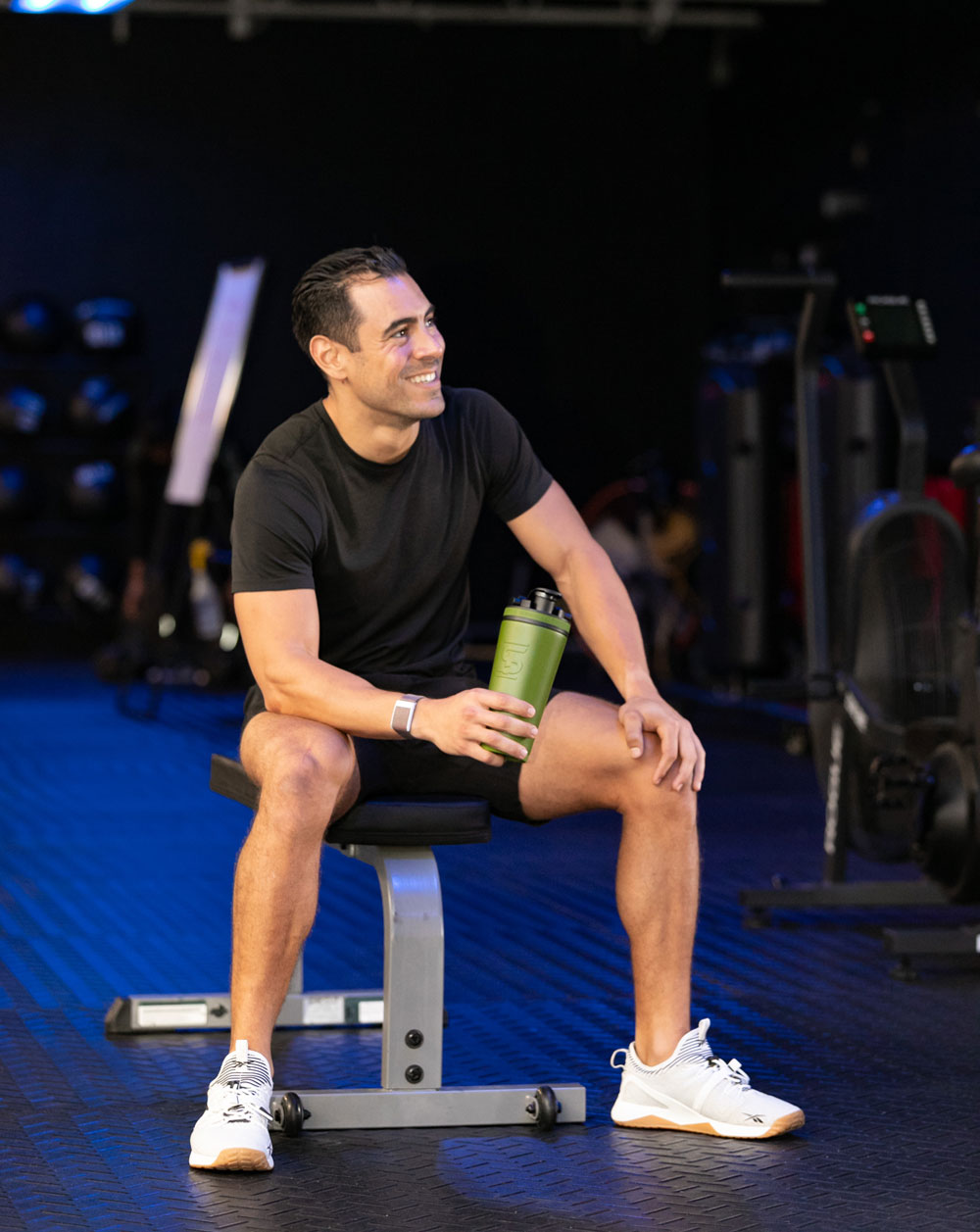As the temperature drops and winter sets in, many people find it challenging to stay motivated and maintain their exercise routines. However, with the right mindset and preparation, cold weather can actually provide unique opportunities for physical training and exercising. Whether you're an outdoor enthusiast or prefer indoor workouts, these pro tips will help you make the most out of the colder months and stay fit and healthy throughout the winter season.
Pro Tip 1: Dress In Layers
One of the most important aspects of cold weather training is dressing appropriately. Layering your clothing allows you to adjust your insulation levels based on your activity level and the outside temperature. Start with a moisture-wicking base layer to keep sweat away from your skin. Add an insulating layer to trap heat, and finish with a waterproof and windproof outer layer to protect against the elements. Don't forget a hat, gloves, and warm socks to keep extremities warm.
Pro Tip 2: Stay Hydrated
Even in colder temperatures, staying hydrated is crucial for optimal performance. Cold air can be very dry, and the body still loses fluids through sweat and respiration during exercise. Be sure to drink plenty of water before, during, and after your workouts. Consider using an insulated bottle like the Ice Shaker 26oz Shaker Bottle or 26oz Ice Shaker Sport Bottle to keep your water from freezing during outdoor workouts.
Pro Tip 3: Warm Up Properly
Cold muscles are more prone to injury, so it's essential to warm up thoroughly before starting any intense physical activity. Begin with dynamic stretches to increase blood flow to your muscles and prepare them for exercise. A light jog or brisk walk can also help raise your core body temperature and get your muscles ready for more intense movements.
Pro Tip 4: Protect Your Skin
Exposed skin is susceptible to frostbite in cold weather, so it's crucial to protect it properly. Use a moisturizer to prevent dryness and chapping, and don't forget to apply sunscreen, especially if you're exercising at higher altitudes where UV radiation can be stronger. Covering exposed skin with clothing or accessories like neck gaiters can provide an extra layer of protection.
Pro Tip 5: Adjust Your Expectations
Cold weather can affect your body's performance, so it's important to adjust your expectations accordingly. You may not be able to achieve the same level of performance as you do in milder temperatures, and that's okay. Focus on maintaining your fitness level and listen to your body. If conditions are particularly harsh, consider modifying your workout or moving it indoors.
Pro Tip 6: Be Mindful of Surface Conditions
Cold weather can bring a variety of surface conditions that can affect your workouts. Snow and ice can make outdoor activities more challenging and increase the risk of slips and falls. Be mindful of your surroundings and adjust your pace and stride to accommodate for slippery conditions. Consider using traction devices for your shoes to improve grip on icy surfaces.
Pro Tip 7: Embrace the Cold
Instead of dreading the cold weather, try embracing it as an opportunity for new experiences and challenges. Outdoor activities like cross-country skiing, snowshoeing, and winter hiking can be excellent ways to stay active and enjoy the beauty of winter. The cold air can also be invigorating and refreshing, providing a unique backdrop for your workouts.
Pro Tip 8: Listen to Your Body
Above all, listen to your body and pay attention to how it responds to the cold weather. If you start to feel excessively cold, fatigued, or experience any unusual symptoms, it's important to stop and seek shelter or medical attention if necessary. Don't push yourself beyond your limits and be aware of the signs of hypothermia and frostbite.
In the end, cold weather doesn't have to put a damper on your physical training and exercising. With the right preparation and mindset, you can continue to stay active and enjoy the outdoors throughout the winter months. By dressing in layers, staying hydrated, warming up properly, protecting your skin, adjusting your expectations, being mindful of surface conditions, embracing the cold, and listening to your body, you can make the most of cold weather workouts and come out stronger and healthier on the other side.

